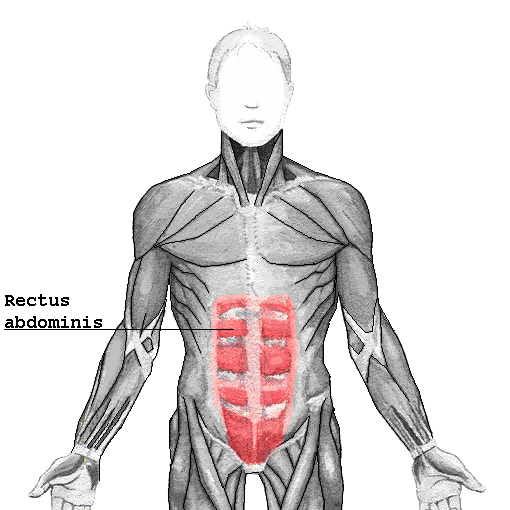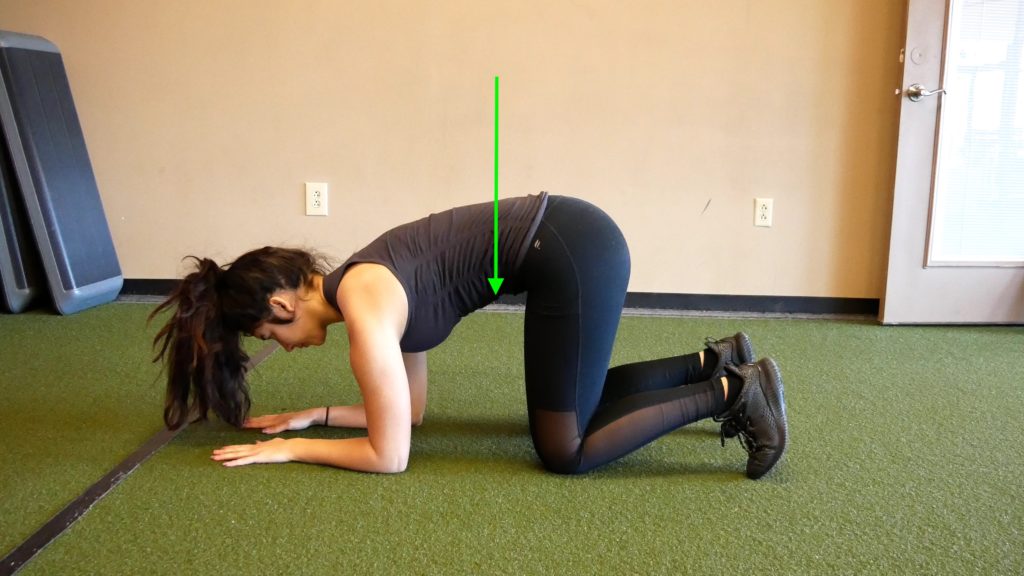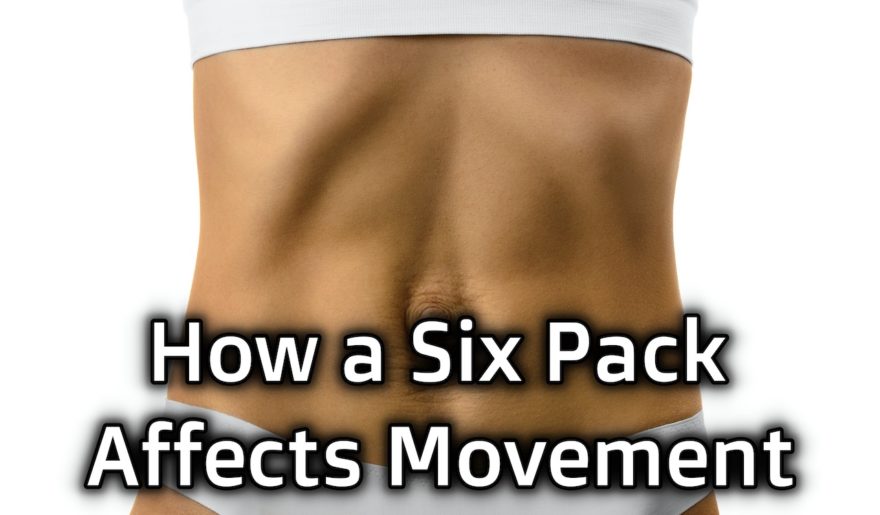Table of Contents
A deep dive into abdominal wall compensations
Movement Debrief Episode 120 is in the books. Below is a copy of the video for your viewing pleasure, and audio if you can’t stand looking at me.
Here is the setlist:
- What movement compensations can occur from a concentric rectus abdominis?
- How can the rectus abdominis become eccentrically oriented?
- How does abdominal fat impact movement?
- How does a pooch belly develop?
- What is a diastasis recti?
- How does breathing coaching change with a diastasis recti?
- What breathing would be recommended for diastasis recti during conditioning?
- How can a pooch belly be managed in standing?
- What are umbilical hernias?
- What causes umbilical hernias?
- Should surgery be done?
- What conservative treatments can be given for an umbilical hernia?
If you want to watch these live, add me on Instagram.
Enjoy!
and the audio version:

 t
tShow notes
Check out Human Matrix promo video below:
Below are some testimonials for the class:
Want to sign up? Click on the following locations below:
August 1st-2nd, Boston, MA (Early bird ends July 5th at 11:55pm!)
September 12th-13th, Montreal, Canada (Early bird ends August 16th at 11:55pm!) [6 CEUs approved for Athletic Therapists by CATA!]
October 3rd-4th, Ann Arbor, MI (Early bird ends September 6th at 11:55pm!)
November 7th-8th, Charlotte, NC (Early bird ends October 11th at 11:55pm!)
November 21st-22nd, San Diego, CA (Early bird ends October 25th at 11:55pm!)
May 1st-2nd, 2021, Minneapolis, MN (Early bird ends April 4th at 11:55pm!)
Atlanta, GA (POSTPONED DUE TO COVID-19)
Dickinson College in Carlisle PA (POSTPONED DUE TO COVID-19) [Approved for 14 Category A CEUs for athletic trainers]
Or check out this little teaser for Human Matrix home study. Best part is if you attend the live course you’ll get this bad boy for free! (Release date not known yet 🙁 https://www.youtube.com/watch?v=j-gEEiwakSk Here is a signup for my newsletter to get nearly 5 hours and 50 pages of content, access to my free breathing and body mechanics course, a free acute:chronic workload calculator, basketball conditioning program, podcasts, and weekend learning goodies:
[yikes-mailchimp form=”1″ submit=”Get learning goodies and more”]
Here is a picture of rectus (damn-near killed us) abdominis

If you want to fine-tune your trunk rotation knowledge, check out this post.
If you want to dive into the scapular and humeral motions during shoulder flexion, check this post out.
Confused about infrasternal angles? Then check out this comprehensive debrief on them.
Bill Hartman, the creator of the toothpaste analogy for ventral cavity movement.
Below illustrates gravity’s effect on the quadruped position.

If you want to see how various positions affect ribcage shape, you’ll want to check out this article here: Effects of posture on chest-wall configuration and motion during tidal breathing in normal men.
If you have a wide ISA, then sidelying is great for reducing rectus activity. Coach this basic sidelying progression to crush it!
If you want to see the difference between crunching and chest parallel reaching (and some hair on ya boi), check out this video (don’t sweat the explanations, they are a little dated from where I currently think):
Ben House is my guy for all things retreats, functional medicine, and hypertrophy.
Want to see the squat video comparison between Fat Zac and normal size Zac? Peep this video:
If you want to see a great article that outlines how a pooch belly could form, check this one out: Breathing with the pelvic floor? Correlation of pelvic floor muscle function and expiratory flows in healthy young nulliparous women.
If you want a great article that talks basics of diastasis recti and looks at abdominal strengthening to improve it, this one is perfect: Efficacy of deep core stability exercise program in postpartum women with diastasis recti abdominis: a randomised controlled trial.
If you want to see a picture of coning occurring during a diastasis recti, check out this post.
Drinking the haterade on crunches? Then you make want to check out this debrief and think differently.
If you want a good discussion on the stack, check out this debrief.
This article has some amazing x-rays of the sacroiliac joint position in standing: The movements of the sacroiliac joint.
If you want to know what you should do about an inguinal hernia, check this post out.
Want a broad overview of umbilical hernias? This post here is awesome: Umbilical Hernia
This is the only systematic review I was able to come across on umbilical hernia repairs: Does mesh offer an advantage over tissue in the open repair of umbilical hernias? A systematic review and meta-analysis.
Then 2016 happened, and there is some controversy still in terms of what the best repair is: Surgical outcome of mesh and suture repair in primary umbilical hernia: postoperative complications and recurrence.
Dr. Bryan Walsh is a great functional medicine guy, and has gotten rave reviews from colleagues who have worked with him. You can check out course reviews I did on his material here and here.
Here is a great move to give to a wide infrasternal angle presentation:
If you are dealing with a narrow infrasternal angle, then you’ll want to try this move:
Rectus abdominis compensations
Could you talk about how an overly active rectus abdominis can attempt to posteriorly tilt the pelvis to achieve a stacked position? Is it desirable? How can you tell if someone has overactive rectus? What are the common strategies to mitigate this if it is a problem? What are the negative effects on breathing and rotation, especially for rotary athletes?
Abdominal Fat and Movement
How does abdominal fat impact movement?
Pooch Belly
Some thoughts on the lower belly pouch, something along those lines, thank you!
Diastasis Recti
As it relates to Postpartum (0-12 months), Diastasis Recti (milder cases), and considering Infrasternal angle types would you change your breath cues temporarily during the drills you prescribe?
Then, assuming the client has ramped up strength properly during postpartum and for the ongoing diastasis recti management, what type of breathing would you generally recommend during metabolic training (running, jumping etc) to avoid coning or incontinence tendencies?
Reducing pooch belly in standing
Do we want to concentrically contract the pelvic floor while standing and walking? I’ll contract it for other activities, but notice my lower abs stick out despite the six-pack abs.
Umbilical Hernia
I would like to know everything about the umbilical hernias in adults. What are the potential causes? Is the only possibility to get rid of it by surgery? Can a person be still physically active? What would you recommend?
Sum Up
- A concentrically-oriented rectus abdominis will limit pump handle mechanics and normal sacral nutation (extension, adduction, internal rotation measures)
- Eccentrically orient the rectus by positioning in quadruped (narrow infrasternal angle), sidelying (wide infrasternal angle), OA extension, and reaching with the chest parallel
- Abdominal fat will limit movement options because the ab wall will become too eccentrically oriented to mobilize the abdominal viscera
- A pooch belly occurs in narrow infrasternal angles due to concentric orientation in the thorax and anterior pelvic orientation
- A diastasis recti is caused by an eccentric abdominal wall, and can be improved through restoring ab wall movement options
- If compensations are seen only in standing, activities will need to progress toward standing and higher intensities to manage these changes
- Umbilical hernias can be impacted by an eccentric abdominal wall. Though there is no research to show a cure from exercise alone (surgery can help), exercise may reduce symptoms and potentially recurrence rates.
Photo was purchased through Adobe Stock

